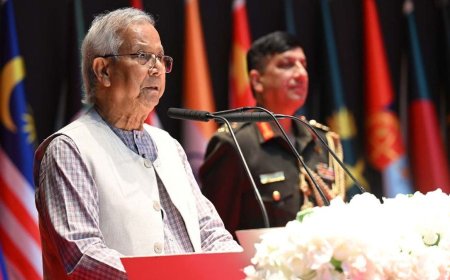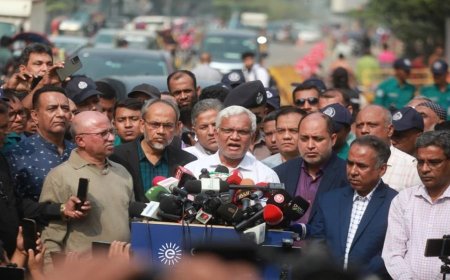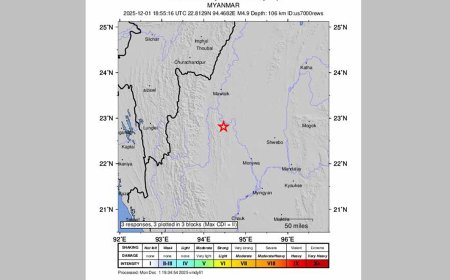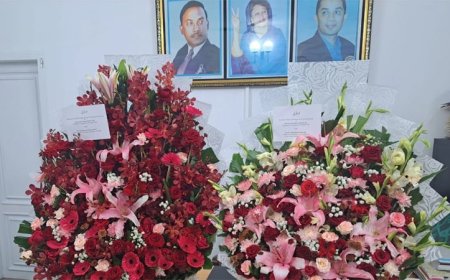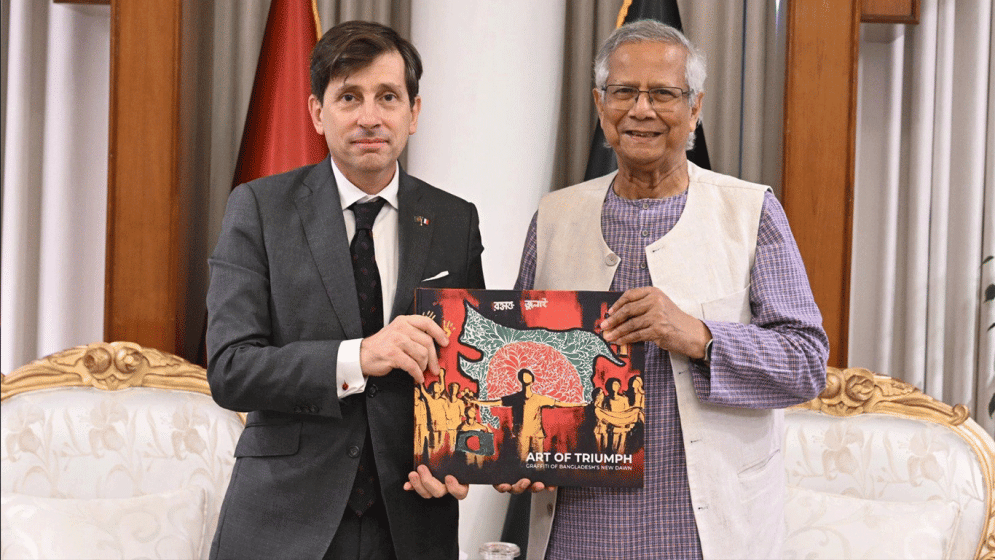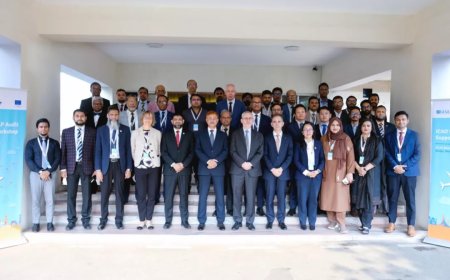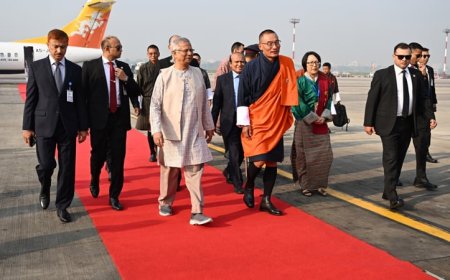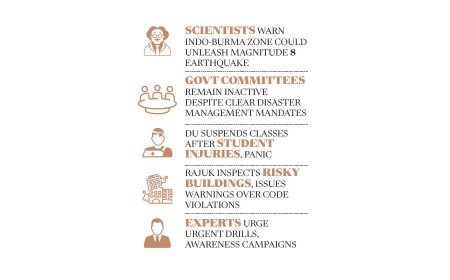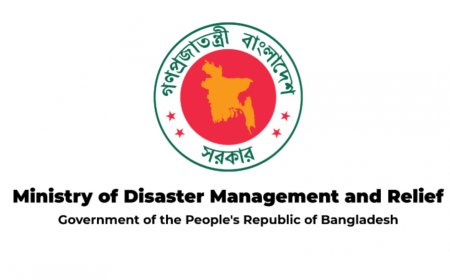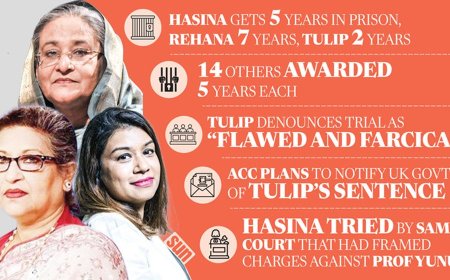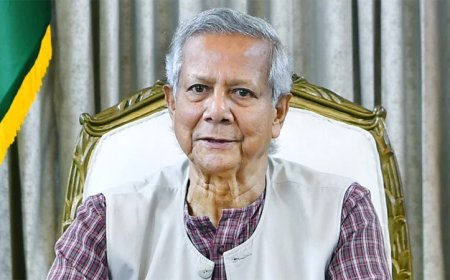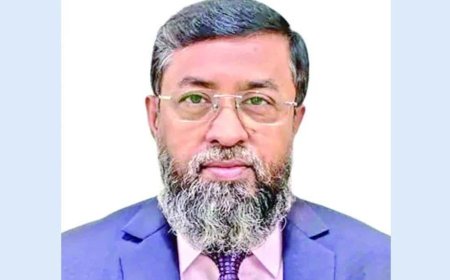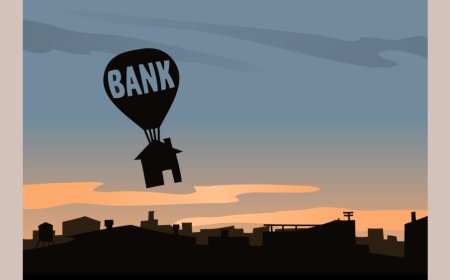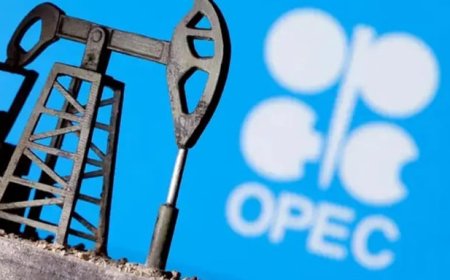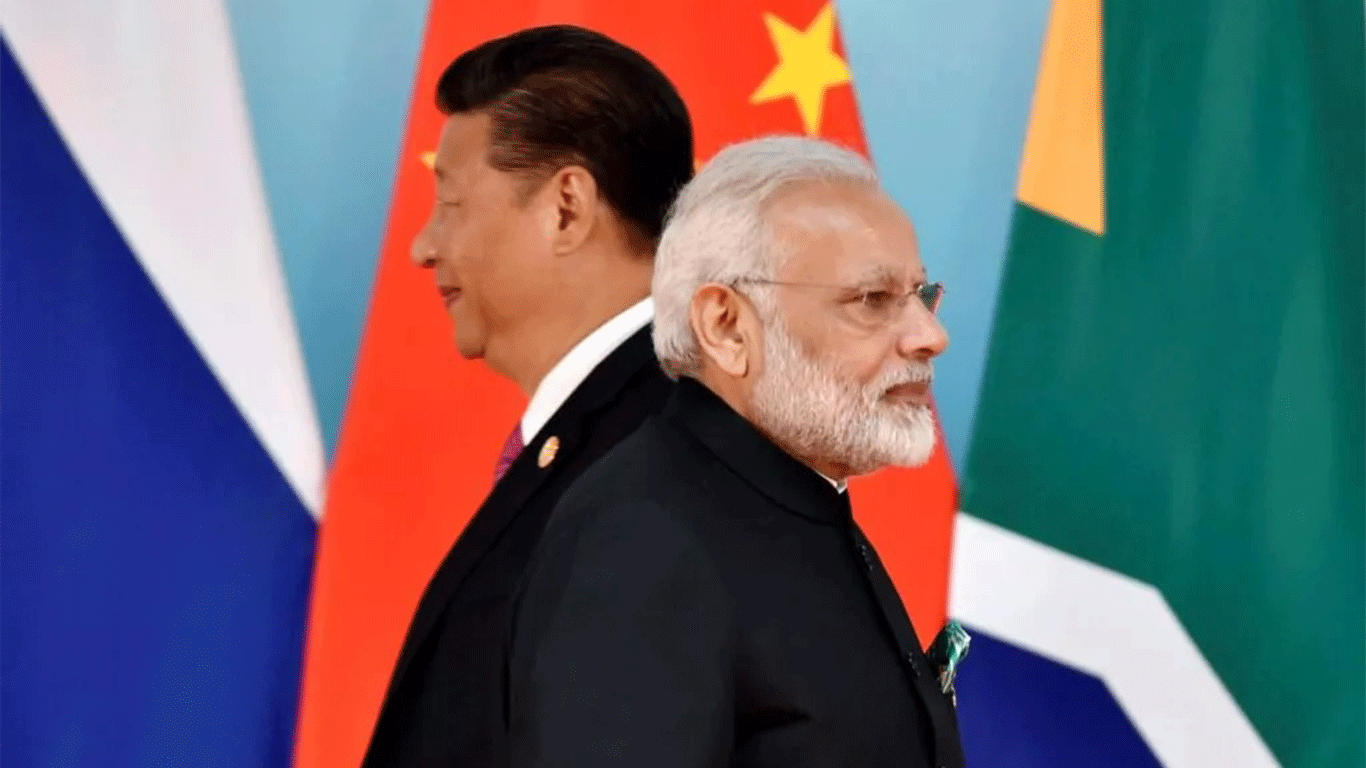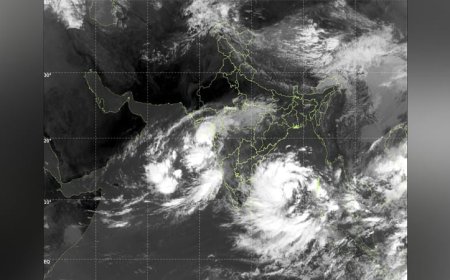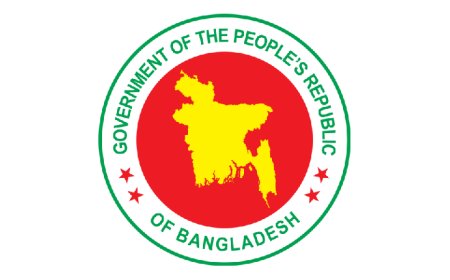FY26 Budget to Tackle Inequality and Inflation with Expanded Social Safety Net: Sources
FY26 Budget Likely to Address Inequality and Inflation by Broadening Social Welfare Coverage and Increasing Allowances: Sources
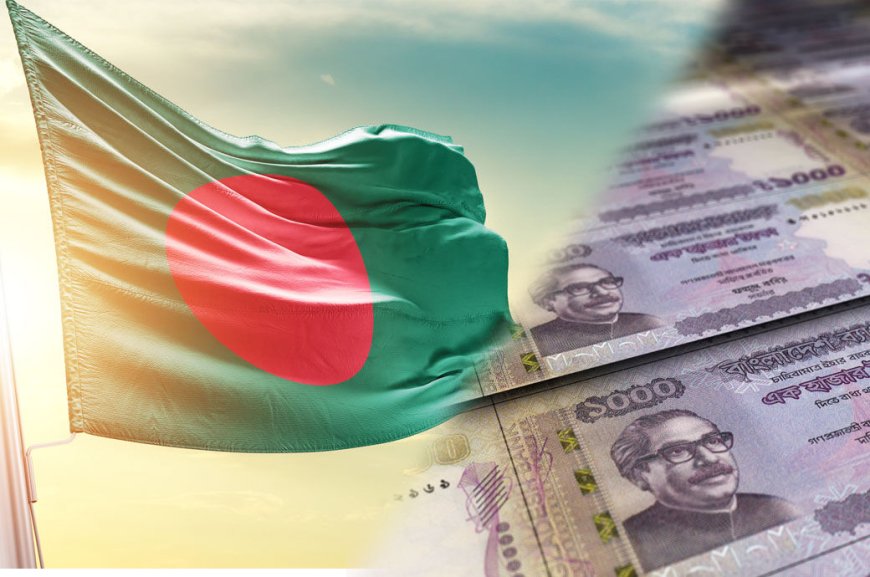
FY26 Budget to Focus on Good Governance, Equity, and Inflation Relief
Government targets realistic and balanced budget amidst economic challenges
The Government of India has set the establishment of good governance across all sectors as a central pillar in the upcoming national budget for the fiscal year 2025–26, according to senior officials from the Finance Ministry. This strategic focus aligns with broader efforts to promote inclusive growth, reduce inequality, and strengthen the foundations of a resilient economy.
In addition to addressing inequality, the FY26 budget is expected to introduce measures aimed at easing inflationary pressures on low-income populations. These measures include expanding the reach of social safety net programmes by increasing the number of beneficiaries and, where applicable, enhancing the value of allowances. Key sectors such as agriculture, healthcare, education, and technology will receive prioritised attention under the new budget framework.
The government's broader developmental objective is to bridge gaps in access to essential services such as food, shelter, education, healthcare, and economic opportunities—thereby moving towards a model of equitable and balanced development. Fiscal reforms, inflation control, investment promotion, and employment generation will constitute the second-highest priorities.
Budget Size and Fiscal Planning
As part of its prudent fiscal management strategy, the government is preparing a national budget of ₹7,90,000 crore for FY26, which represents a reduction of ₹7,000 crore from the current year's allocation of ₹7,97,000 crore. The projected fiscal deficit for FY26 stands at ₹2,26,000 crore, an improvement from the current year's figure of ₹2,56,000 crore.
To finance this gap, over half of the deficit is expected to be covered through foreign borrowings, with the remainder sourced from banking institutions and savings instruments. Despite the overall contraction in the budget size, non-development expenditures are forecasted to increase, with an allocation of ₹5,45,000 crore compared to ₹5,06,900 crore in the present fiscal.
Macroeconomic Targets and Revenue Goals
For FY26, the government has set an inflation target of 7%, while aiming for a GDP growth rate of 5.5%. This comes against the backdrop of revised GDP projections for the current year, which were reduced from 6.5% to 5.25% last month. International financial institutions such as the World Bank, IMF, and ADB have expressed cautious optimism, indicating that achieving even 5% growth may prove challenging.
The anticipated GDP size is estimated at ₹63,15,000 crore, with the budget deficit expected to be capped at 3.62% of GDP.
Budget Presentation and Revenue Collection
In a historical first, the FY26 budget will not be tabled in Parliament, as the country is currently without an elected government. Instead, Finance Adviser Dr. Salehuddin Ahmed will present the budget via a televised address on Monday, June 2.
The government has set a revenue collection target of ₹5,18,000 crore for the National Board of Revenue (NBR), up from ₹4,80,000 crore in the current fiscal. However, the International Monetary Fund has advised a more ambitious target of ₹5,80,000 crore as part of its ongoing economic reform support.
Annual Development Programme and Priority Sectors
The allocation for the Annual Development Programme (ADP) is likely to decrease to ₹2,30,000 crore from the current ₹2,65,000 crore. Nonetheless, the new ADP will focus on high-priority sectors including agriculture, agro-based industries, power generation, education, health, climate resilience, and disaster management. Special emphasis will also be placed on green growth initiatives and climate adaptation strategies.
Furthermore, the social safety net will see targeted expansion to provide inflation relief to low-income groups through increased coverage and allowance amounts. Relevant ministries have been instructed to submit detailed funding recommendations along with projections for fiscal years 2026–27 and 2027–28.
Fiscal Discipline and Implementation Outlook
A senior finance ministry official, on condition of anonymity, noted that limited revenue growth and mounting expenditure pressures leave little room for expanding the budget. As part of inflation control measures, the government reduced tariffs on essential imports during the current fiscal year, which widened the budget gap and necessitated the imposition of VAT on over 100 new items.
With these constraints in mind, the government aims to implement a more disciplined and achievable budget. The early announcement date—set ahead of the Eid-ul-Azha holiday—reflects a push for timely planning and execution.
Economist Dr. Zahid Hussain, former Lead Economist at the World Bank’s Dhaka office, endorsed the need for a realistic and grounded budget, emphasising that fiscal restraint is essential under current economic conditions.
Finance Adviser Dr. Salehuddin Ahmed has affirmed that the FY26 budget will be both "realistic and implementable," with a strong emphasis on reducing social inequality and promoting governance reforms across all administrative and economic domains.
What's Your Reaction?








